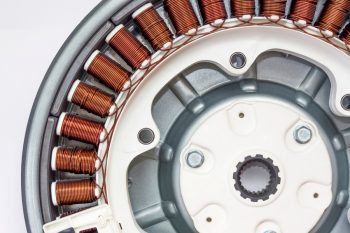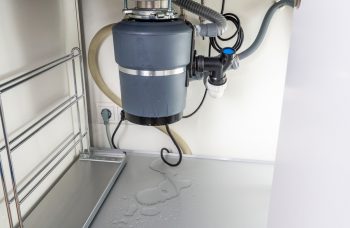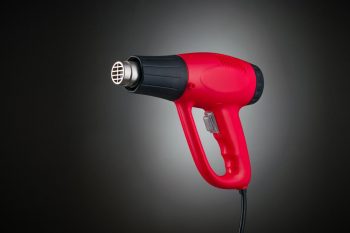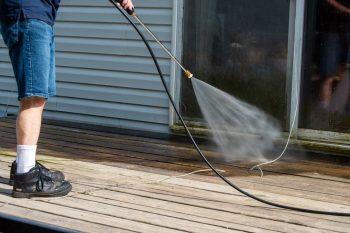
Lint, a common sight in our dryers, is often overlooked and misunderstood. It is crucial to understand why lint collects in the dryer, how it can impact the performance of your appliance, and the potential risks it poses. This comprehensive guide aims to answer all your questions about lint and provide practical steps to manage it effectively.
Lint collects in the dryer due to the shedding of fabric fibers from clothes and other garments during the washing and drying process. As the clothes tumble in the dryer, the warm air inside picks up lint from the garments. This air then passes through the lint trap’s mesh filter as it exits the machine, trapping the lint. However, some lint particles can still get through and accumulate over time, potentially restricting airflow and posing several risks such as fire hazards and reduced dryer efficiency.
Understanding Lint
Lint is composed of visible accumulations of textile fibers and other materials, usually found on and around clothing. It comes from fabric fibers that shed from clothes and other garments that we wash or dry. Cotton, linen, and wool are the most significant contributors to lint production.
During the washing process, dirt and lint are lifted from the garments but remain on the fabric in its wet state. This lint is released as water is removed from the wet fabric during the drying process. The friction caused by the tumbling action in the dryer, combined with the warm air circulation, helps remove this lint from the garments. The lint then gets trapped in the dryer’s lint filter or may stick to the clothes themselves.
Why Lint Accumulates in the Dryer
The lint trap in a dryer works by trapping lint from clothes during the drying process. As the clothes tumble in the dryer, the warm air inside picks up lint from the garments. This air then passes through the lint trap’s mesh filter as it exits the machine through the dryer vent, preventing lint and fluff from becoming trapped in the dryer’s exhaust hose.
However, while the majority of lint is captured by the lint trap, some lint particles can still get through and restrict airflow from the dryer vent over time. This can lead to lint buildup, causing several issues.
The Risks of Lint Buildup
Lint accumulation in the dryer poses several potential risks, including:
- Fire hazard: Lint is highly combustible. According to the National Fire Protection Association, around 13,820 home fires are caused by clothes dryers every year, with 27% of these fires resulting from lint accumulation.
- Reduced dryer efficiency: Lint buildup can restrict airflow in the dryer, causing it to work harder and take longer to dry clothes. This not only wastes energy but also increases the risk of overheating and fires.
- Increased energy bills: A dryer that has to work harder due to lint buildup may consume more energy, leading to higher energy costs.
- Mold growth: Lint buildup can trap moisture in the dryer vent, creating a suitable environment for mold growth, which can cause respiratory issues and other health problems.
How to Clean and Maintain Your Dryer
To prevent lint accumulation and its associated risks, it’s essential to maintain your dryer properly. Here are some steps to follow:
- Clean the lint screen after each load: This is the easiest and most effective way to prevent lint buildup.
- Perform regular deep cleaning: Every 6 months or as needed, perform a deeper cleaning of the lint trap. You can use a dryer vent cleaning kit or a long, narrow vacuum extension to clean inside the lint trap.
- Schedule professional cleaning: Have your dryer vent system professionally cleaned twice per year by a qualified HVAC technician.
- Proper venting and connection: Ensure proper venting and connection of your dryer to prevent lint buildup in the venting system.
Conclusion
Understanding why lint collects in the dryer and how to manage it can significantly improve your dryer’s efficiency and lifespan, while also reducing the risk of fire hazards. Regular cleaning and maintenance are key to preventing lint buildup. By following these preventive measures, you can ensure the safety of your home and the efficiency of your appliance.
Frequently Asked Questions
What is a lint trap?
A lint trap, also known as a lint screen or lint filter, is a device found in most dryers designed to collect lint from the clothes during the drying process. It’s typically located on the dryer’s drum rim or inside the door, and it’s usually a mesh screen that can be easily removed and cleaned.
How often should I clean the lint screen?
It’s recommended to clean the lint screen after each load of laundry. This ensures that your dryer operates at maximum efficiency and reduces the risk of lint build-up that could potentially lead to a fire.
What is a dryer vent cleaning kit and where can I purchase one?
A dryer vent cleaning kit is a set of tools designed to clean the lint trap and the dryer vent system. It typically includes a long flexible rod and various cleaning brushes. You can purchase a dryer vent cleaning kit at most home improvement stores or online.
Are there any specific signs of lint build-up I should look out for?
Yes, signs of lint build-up include longer drying times, a noticeable burning smell, the outside of the dryer becoming very hot, the vent hood flap not opening properly, and a decrease in the dryer’s performance. If you notice any of these signs, it’s important to clean your dryer and inspect the vent system immediately.












